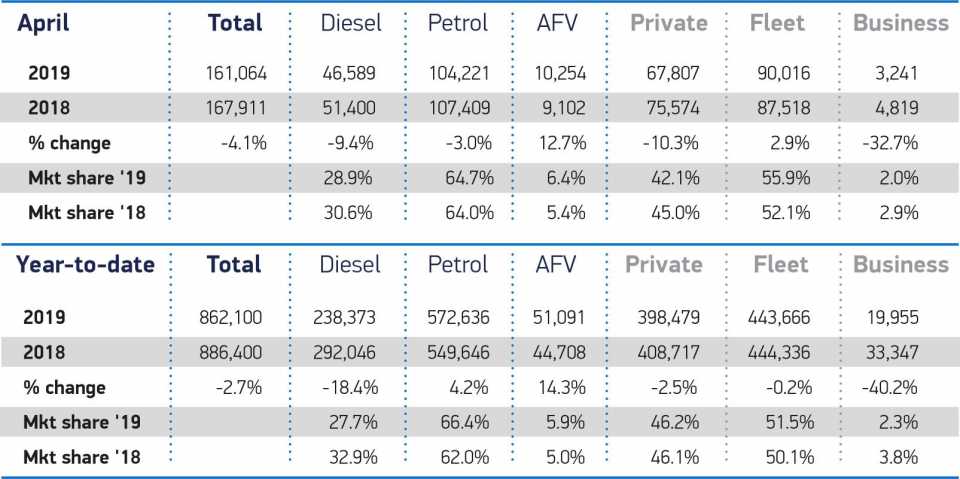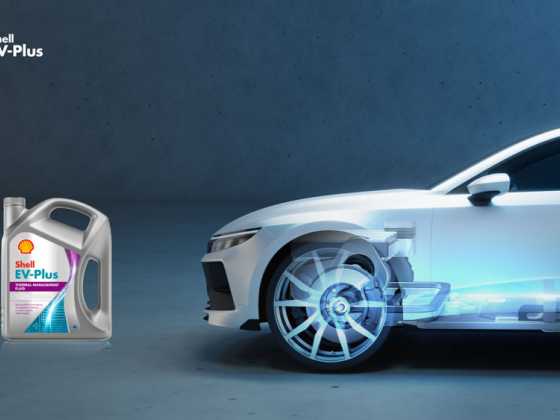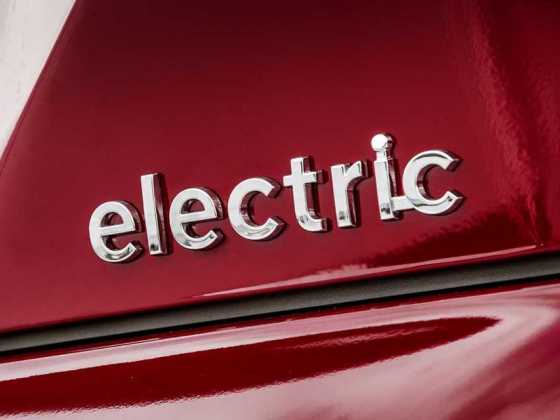Plug-in hybrid sales fall by more than a third in April, figures show

Plug-in hybrid vehicles, which are capable of zero-emission driving, have experienced a significant decline in April, down -34.4%, according to SMMT figures.
The SMMT says this is evidence of the consequences of prematurely removing the upfront purchase incentive.
Overall, alternatively fuelled vehicle (AFV) registrations grew by 12.7%, with 10,254 sold.
Petrol electric hybrids remained the most popular choice, up 31.1% to 6,810 units. Battery electric cars also recorded a strong uplift, from 929 to 1,517 units, which still only represents 0.9% of the market.
Diesel registrations fell again, but the pace of decline has slowed, down -9.4%. Petrol demand also dropped, by -3.0%.
Overall, the UK new car market declined by -4.1% in April, with 161,064 units registered, the second lowest April volume since 2012 but following a double-digit increase the previous year.
Registrations by private motorists fell last month, down -10.3%, after a rise of more than 26% in April 2018.2 Fleet demand, meanwhile, remained stable, growing 2.9%, with these businesses registering 2,498 more cars than in April 2018.
Declines were recorded across most vehicle segments, with registrations of popular supermini and small family cars falling most significantly, down -14.1% and -10.6%. Demand for lower volume luxury saloons and sports cars rose while the dual purpose segment also grew, by +18.4% to 40,580 units. These vehicles are now the third most popular body type, with registrations tripling since 2012.3
Mike Hawes, SMMT Chief Executive, said, “While it’s great to see buyers respond to the growing range of pure electric cars on offer, they still only represent a tiny fraction of the market and are just one of a number of technologies that will help us on the road to zero. Industry is working hard to deliver on this shared ambition, providing ever cleaner cars to suit every need. We need policies that help get the latest, cleanest vehicles on the road more quickly and support market transition for all drivers. This includes investment in infrastructure and long term incentives to make new technologies as affordable as possible.”



